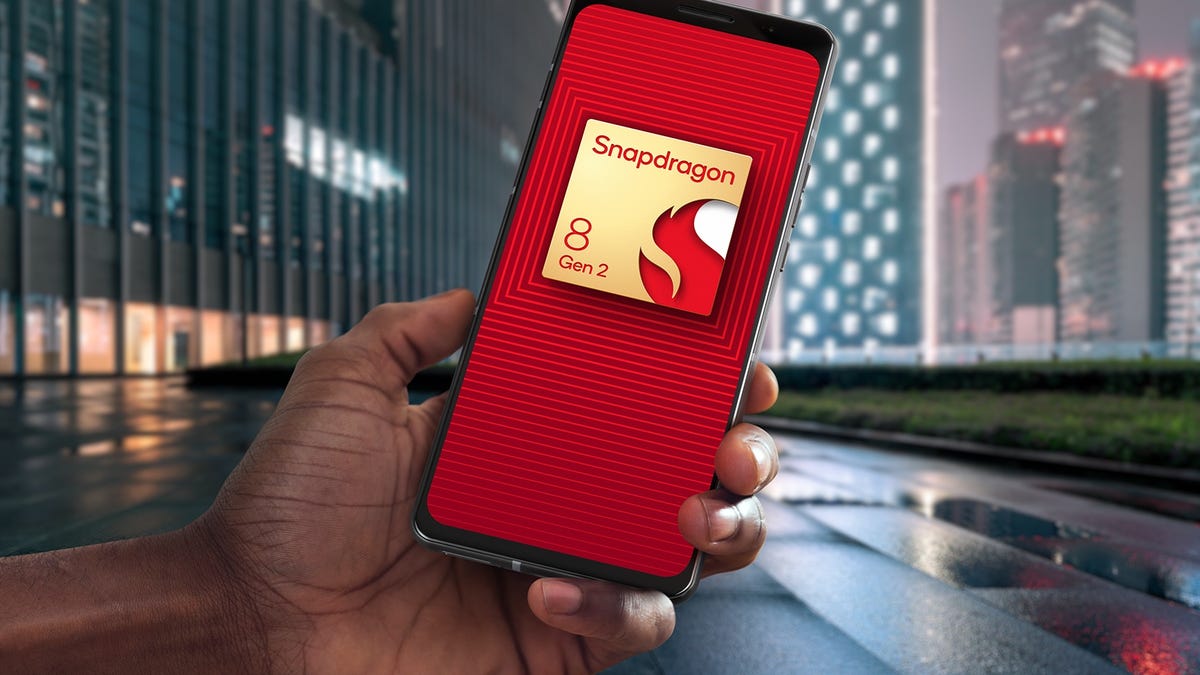Qualcomm’s Phone-to-Satellite Service Loses Network Partner

At CES 2023 in January, Qualcomm revealed a new project, Snapdragon Satellite, that would let phones packing Snapdragon chips use satellites to link up in areas without a cell signal. But now the deal is off between Qualcomm and satellite network company Iridium, leaving Snapdragon Satellite’s future uncertain.
Apple was the first to deploy large-scale phone-to-satellite communications with Emergency SOS, which debuted on the iPhone 14 series in October 2022. Qualcomm unveiled Snapdragon Satellite months later as a hardwired way for Android phones to use Iridium’s satellites for calls and texting beyond cell signal range as a paid service. Qualcomm said that phones could start coming out with the functionality in the second half of 2023, though manufacturers would have had to implement it in their handsets.
Despite a successful demonstration of Snapdragon Satellite at CES, to date no phones have launched with it, which is why Qualcomm has ended its deal with Iridium, according to the latter’s press release on Thursday.
“While I’m disappointed that this partnership didn’t bear immediate fruit, we believe the direction of the industry is clear toward increased satellite connectivity in consumer devices,” Iridium CEO Matt Desch said in the press release. “Our global coverage and regulatory certainty make us well suited to be a key player in this emerging market. User experience will be critical to their success, and we’ve proven that we can provide a reliable, global capability to mobile users.”
Iridium noted that it will continue to pursue partnerships with phone manufacturers and mobile industry players for “existing and future service plans” of satellite connectivity.
A graphic showing Iridium’s global satellite coverage.
Qualcomm provided a statement that cited smartphone manufacturers’ preference for standards-based connectivity options, rather than the chip-based Snapdragon Satellite proprietary solution. The company didn’t say if Snapdragon Satellite was ending or if it would continue with another partner, only that it will keep working on satellite connectivity in devices.
“We expect to continue to collaborate with Iridium on standards-based solutions while discontinuing efforts on the proprietary solution that was introduced earlier this year,” a Qualcomm spokesperson said in a statement. The company continues to support non-terrestrial network (aka satellite) solutions using the industrial-focused mobile modems it launched in July that link up to the Skylo network of satellites.
Last month, Qualcomm’s Snapdragon Summit in Hawaii focused on new chips bringing on-device generative AI to phones and PCs, but the company was more muted about Snapdragon Satellite, acknowledging that the ball was in device manufacturers’ court.
“Snapdragon Satellite is just a bigger commitment” than on-device AI, Chris Patrick, Qualcomm senior vice president of engineering, told CNET. “The barrier you need to cross as an end user, as an [original equipment manufacturer], as an infrastructure-providing ecosystem player, like Google for example, is just bigger.”
Patrick declined to specifically comment on what’s in store for Snapdragon Satellite in 2024, only noting that there has been “a lot of energy, a lot of discussion, a lot of good things happening. We’ll see what happens.”
Watch this: I Tried Emergency SOS via Satellite on the iPhone 14
Still waiting for the year of satellite connectivity
This is the latest setback in what seemed like a year where satellite connectivity was set to expand phone use beyond mobile networks. All three major carriers in the US announced their own satellite phone solutions, but have not moved beyond tech demonstrations. T-Mobile partnered with SpaceX’s Starlink for satellite service, but AT&T has tried to block that deployment for fear of the service encroaching on its own spectrum.
For its part, AT&T linked up with AST SpaceMobile to expand its coverage, but hasn’t announced anything more in nearly a year. Likewise, Verizon revealed way back in October 2021 that it would use Amazon’s Project Kuiper satellites for connectivity but hasn’t provided an update since. (Amazon launched the first satellites in Project Kuiper’s network last month.)
Today, Apple’s iPhones are the only handsets released in the US that have satellite connectivity. The last year has been punctuated with stories of iPhone 14 owners who have used Emergency SOS to get help after tumbling into canyons and to even escape the deadly Maui wildfires.
Source: CNET















